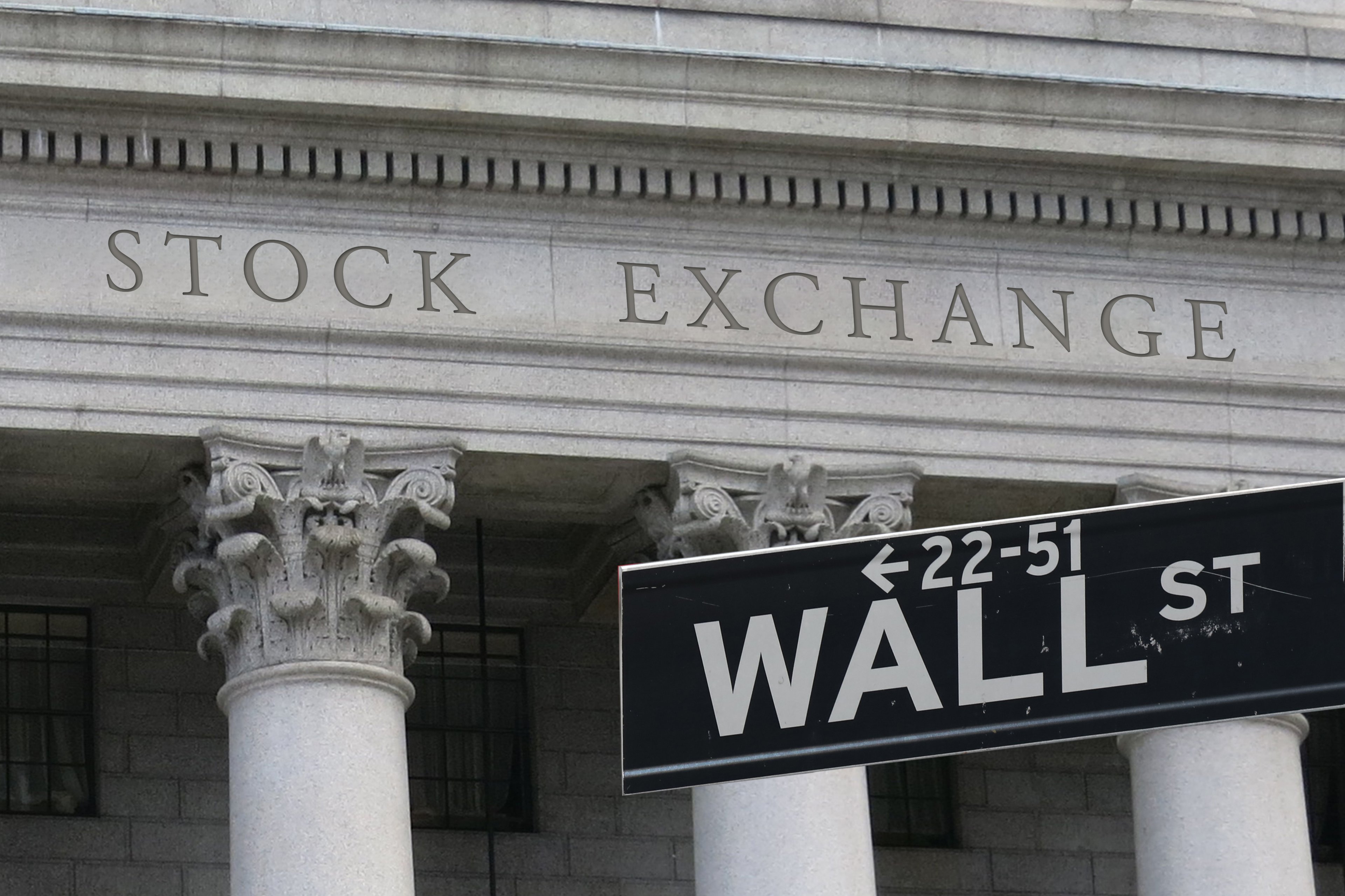In 2018, JPMorgan Chase (JPM 3.99%) announced a plan to add 400 branches in new markets over a five-year period. The move was part of an ongoing $20 billion investment by the banking giant intended "to help its employees, and support job and local economic growth in the United States."
With its existing 5,130 branches, JPMorgan already has a huge footprint in traditional retail banking. The move initially seemed like an odd one, especially considering the number of bank branches in the U.S. continues to decline as the financial services industry places more of an emphasis on fintech and remote banking. But JPMorgan saw the value of brick-and-mortar locations, and it makes sense to use them to grow and enter new markets even if bank branches today look different from what it was 10 years ago.
JPMorgan Chase started with new markets such as Boston, Washington, D.C. and Philadelphia. In 2019, the bank entered another nine markets, including Minneapolis, Nashville, Charlotte, and Pittsburgh. While the branch investment is still developing, some early data suggest the company is off to a good start.

Image source: JPMorgan Chase.
How the new branches are faring
Every year, the FDIC posts a snapshot of how much in deposits each bank branch in the country has collected. The data most recently available is from June 30, 2019, so I only looked at branches that Chase opened before this date, which consisted of those in Massachusetts, Washington, D.C., Pennsylvania, Virginia and Delaware. Here are the early results:
|
State |
Address |
Date Opened |
Deposits |
|---|---|---|---|
|
MA |
869 Providence Hwy, Dedham |
12/13/2018 |
$38.2M |
|
MA |
550 Arsenal Street, Watertown |
4/9/2019 |
$10.2M |
|
MA |
425 Washington Street, Boston |
2/12/2019 |
$125.8M |
|
Washington, D.C. |
3100 14th Street NW |
11/26/2018 |
$21.4M |
|
Washington, D.C. |
3900 Minnesota Avenue |
12/13/2018 |
$2.1M |
|
Washington, D.C. |
2200 Martin Luther King, Jr., Avenue |
12/14/2018 |
$3.04M |
|
Washington, D.C. |
1401 New York Ave, NW |
10/2/2018 |
$66.8M |
|
Washington, D.C. |
130 M Street SE |
12/18/2018 |
$12.3M |
|
PA |
795 East Lancaster Avenue, Villanova |
12/12/2018 |
$22.7M |
|
PA |
1636 Walnut Street, Philadelphia |
12/13/2018 |
$88.1M |
|
VA |
2825 Wilson Boulevard, Arlington |
12/18/2018 |
$108M |
|
DE |
201 North Walnut Street, Wilmington |
12/3/2018 |
$76M |
Source: FDIC.
As you can see, some branches have been wildly successful. Notably, the bank's first Boston branch brought in a whopping $125 million in deposits in just over four months. Another data point the FDIC allows you to grab is the deposit market share per zip code, which looks at who controls deposits in a much smaller part of a city or market.
In the zip code where Chase's Boston branch is located, the bank grabbed almost 6% of market share in an intensely competitive banking area that other big established players like Bank of America have dominated for years.
JPMorgan also brought in $108 million in its new Arlington, Virginia branch in a little more than just six months. It also saw deposits of approximately $65 million, $76 million and $88 million at individual branches in Washington, Wilmington, and Philadelphia, respectively.
How big a deposit base does a bank branch need to be profitable?
A branch typically costs between $600,000 and $800,000 a year to run, including overhead and back office support costs, according to Guenther Hartfeil with the Peak Performance Consulting Group, who analyzed every bank branch in the United States in 2017. Hartfeil also found branch revenue in that time period to be about 2% to 2.5% of deposits.
Assuming $600,000 in costs and 2.5% in revenue, Hartfeil says a branch needs to bring in about $25 million in deposits to break even.
Banks often want to see branches double that, meaning $50 million in deposits is needed for a sufficient return on investment. The fact that JPMorgan Chase has already accomplished this with five branches in such a short period of time is extremely encouraging.
Of course, those deposits sometimes come at a cost to the bank. A JPMorgan spokesperson confirmed that the bank has been offering special promotions at all new branches. New customers can qualify for a $600 bonus if they open a new checking and savings account with a certain level of initial deposit. That is definitely a very rich promotion, but the strategy appears to be working well.
Another thing to note is that two of Chase's branches in Washington have less than $5 million in deposits after six months, a number that the bank can't be very happy with.
Overall, Chase's CFO Jennifer Piepszak was optimistic on the company's 2019 third quarter earnings call. She said, "The branch expansion is going very, very well. And so we feel great about the continued growth there, but we won't be immune to rate headwinds."
In the 2019 fourth quarter earnings call, Piepszak added that expansion markets contributed to growth in Chase's commercial and industrial loan portfolio, which produces higher yielding loans than most other loan categories.
Branching out for growth
JPMorgan Chase may have started its branch expansion to help its employees and contribute to economic output, but the move has been an effective growth strategy. CEO Jamie Dimon previously said he thinks the bank has the potential to be in the top three for deposit market share in greater Boston. Based on how its branch expansion has gone so far, there is no reason the bank can't achieve this in Boston and other new markets it enters, which bodes well for JPMorgan Chase's stock price in the long run.






